
views
When it comes to the bleeding edge of PC gaming laptops, there are a few options to choose from, especially if you consider the models with the latest Nvidia RTX 40 series. Last month, Asus ROG unveiled its new lineup of high-end gaming laptops, powered by the latest Intel and AMD processors and Nvidia RTX 40 series GPUs, namely the ROG Zephyrus M16, ROG Zephyrus Duo 16, and ROG Strix Scar 16/17/18. We had the chance to review the ROG Zephyrus M16, and over the last month of testing, we found it to be a promising gaming laptop with some seriously impressive hardware. However, the question remains: is it worth the whopping Rs 3,64,990? Find out in this review.
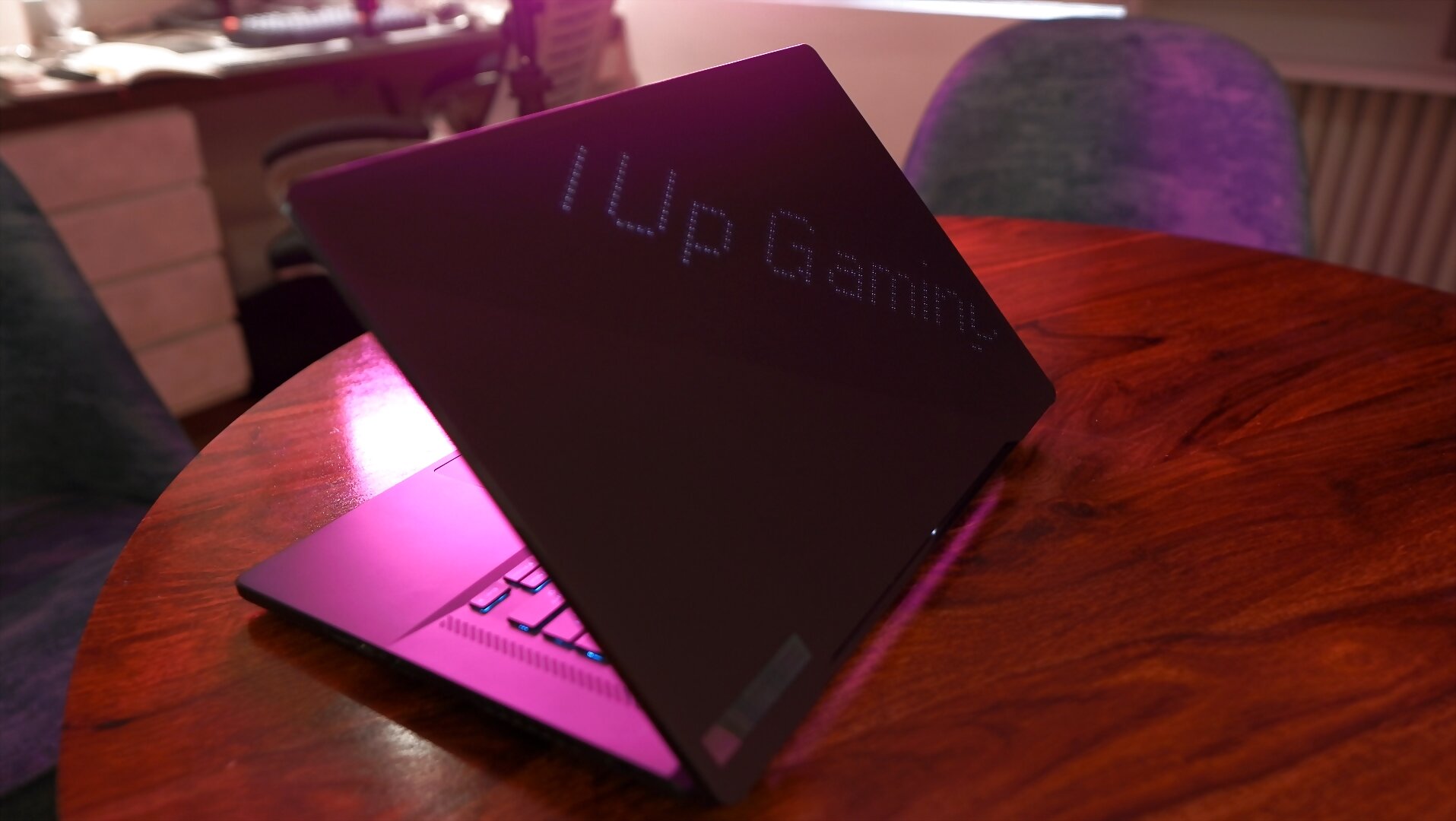
Design and Display: Top-Notch and Portable
Gaming laptops are infamous for being bulky and ginormous, but with the ROG Zephyrus M16, Asus has struck a good balance of build quality and heft. The laptop weighs around 2.3 kg and is around 2 cm thick, making it easy to carry around, which is the sole purpose of a gaming laptop. The fit and finish have improved this year, and the machine feels well put together. This was evident from the excellent keyboard feedback and the quality of the keycaps as well. I’m not a fan of the keyboard font, but that’s a tradeoff I’m willing to make.

Talking about the display, the ROG Zephyrus M16 uses a QHD mini LED panel with a 240hz refresh rate, and let me tell you, it is one of the best panels I’ve used on a gaming laptop. Not only is it buttery smooth, but thanks to the mini LED technology, the blacks are deep and inky.
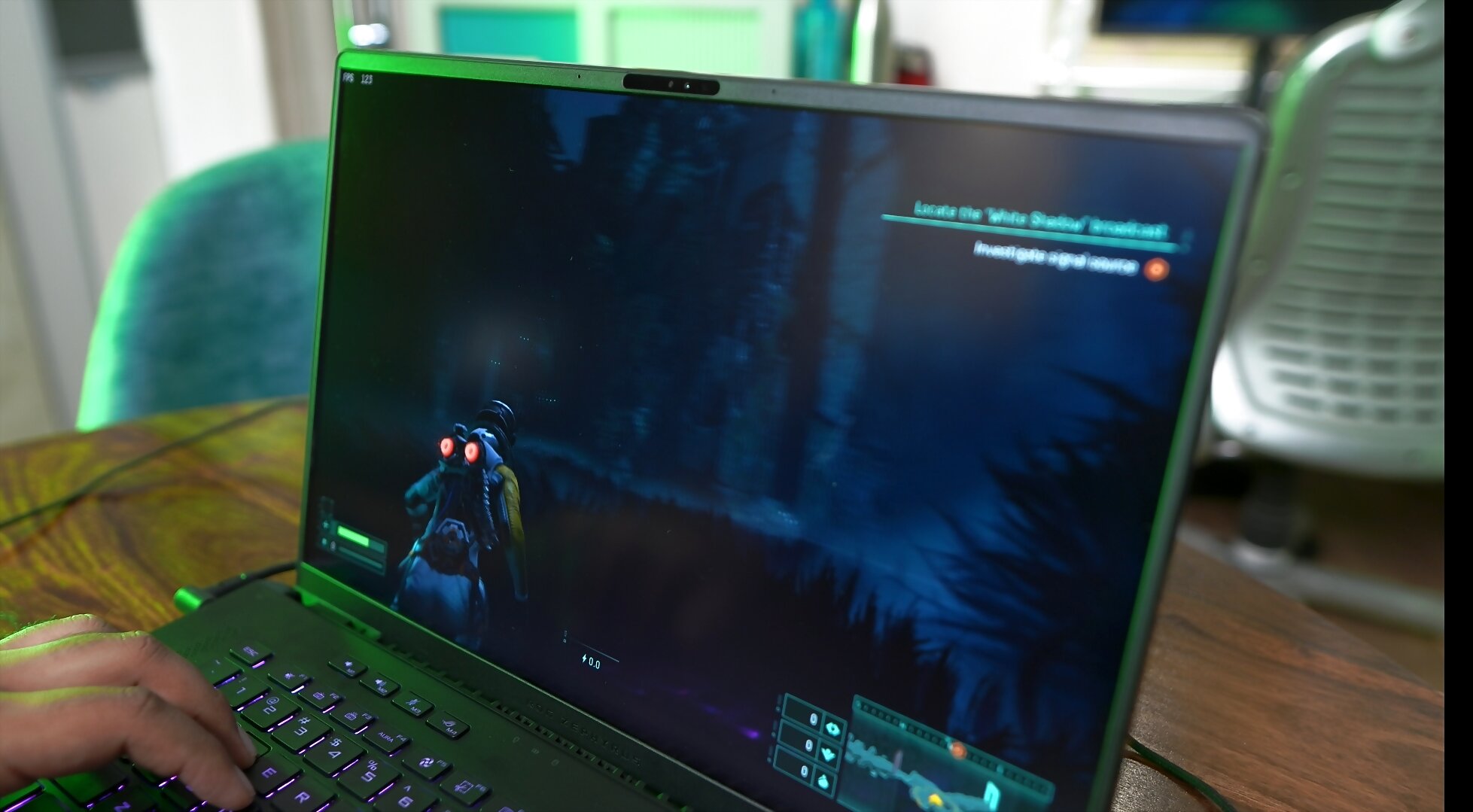
Yes, it’s not as good as OLED, but it’s significantly better than most gaming laptops out there. Moreover, I’m quite particular about blooming and backlight bleeding, and I’m happy to report that the Zephyrus M16 exhibits no blooming and no backlight bleeding—something that can become a problem while watching dark scenes. The bezels surrounding the panel are also minimal, thanks to the 92% screen-to-body ratio.
Moreover, utilizing the AniMe Matrix outer display is a delightful experience. With the Armoury Crate application, users can personalise what appears on the outer panel, including text, symbols, and other graphics. This feature adds a playful element that sets the laptop apart from others.
Performance: You Get the Bleeding Edge, but at a Cost
The review unit that I have is powered by a 13th Gen Intel Core i9-13900H Processor, clocked at 2.6 GHz, which has a boost clock of up to 5.4 GHz and comes with 14 cores, out of which there are 6 performance cores and 8 efficiency cores. For the GPU, there’s the top-of-the-line Nvidia GeForce RTX 4090 with a max TDP of 150W when plugged in.
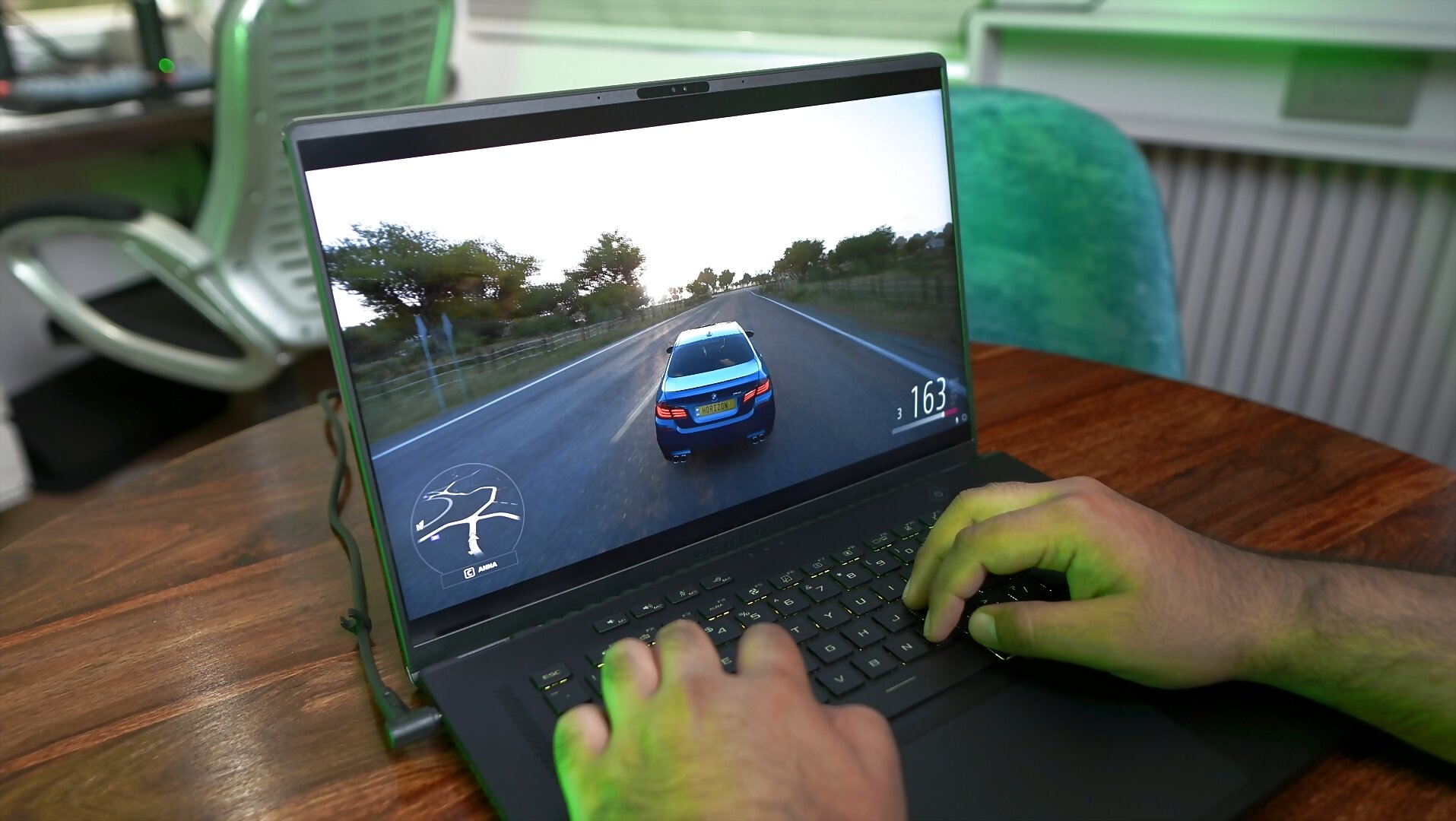
This translates to excellent real-world performance. I could max out most games I played on it, including story-driven single-player titles like Returnal, racing games like Forza Horizon 5, and competitive shooters like Apex Legends. While plugged in, the laptop did not break a sweat. It could max out Apex Legends, and I was consistently getting upwards of 250fps. In Returnal, which is a very CPU-heavy title, I could push maximum settings, with DLSS enabled, and got around 100-120fps at QHD resolution.
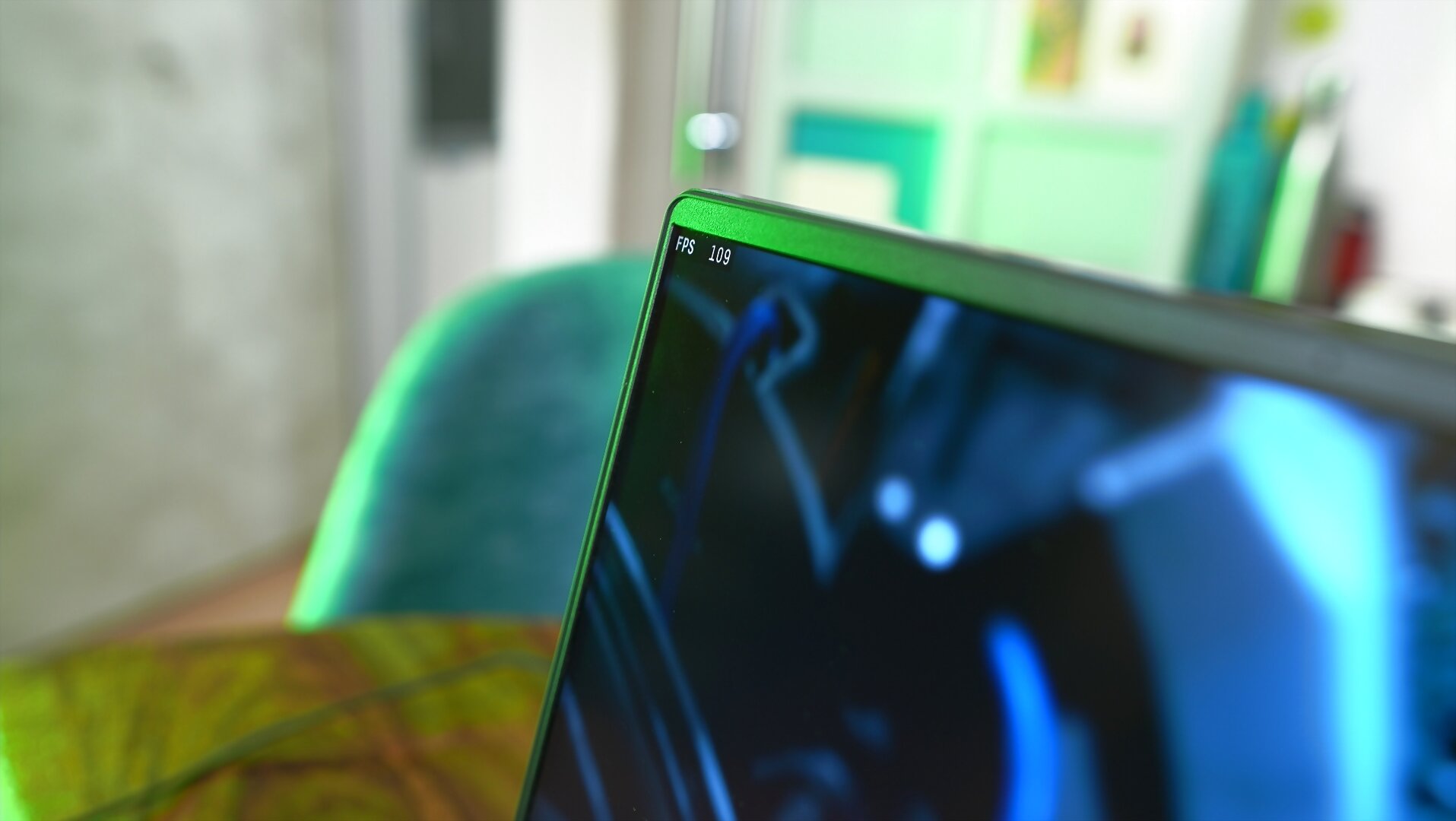
These numbers were unheard of before the RTX 40 mobile GPUs showed up.
But, as all things come with a price, the heat is the price here, not literally. Despite being in an air-conditioned room, at the maximum performance setting, the laptop got quite warm and loud. I only realized this when I removed the headphones after a cycle in Returnal.
With 32GB DDR5 memory, clocked at 4800MHz and 2TB NVMe M.2 storage, the laptop flies, and using it a joy, coupled with the 240Hz screen is sublime. It stays buttery smooth across the board.
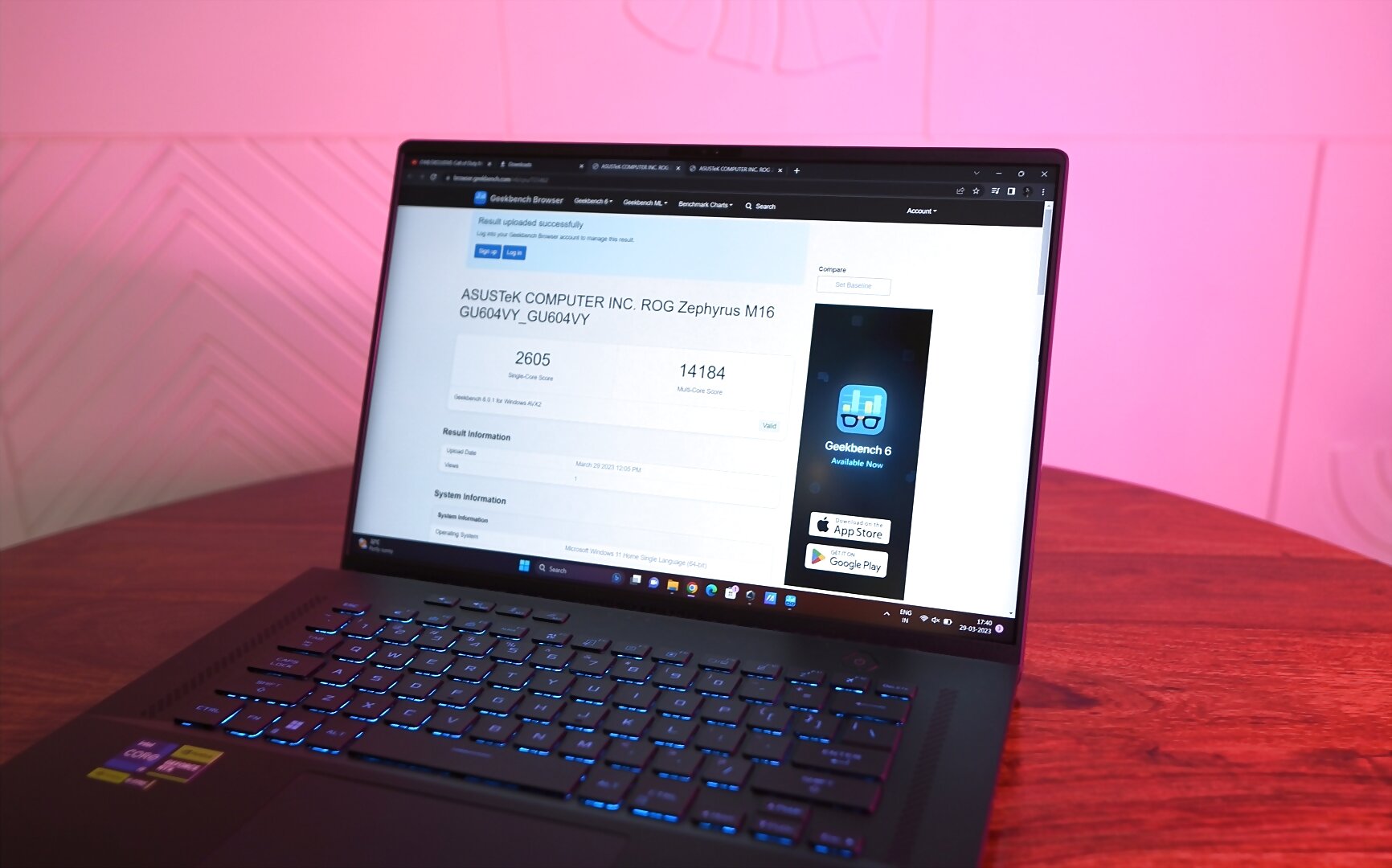
Battery Life: Achilles Heel
Over the years, if there’s an Achilles heel of any gaming laptop in existence, it’s battery life. And the same is the case with the Zephyrus M16. On a full charge, on its 90Wh battery, it lasts around an hour and a half under moderate to heavy load, and during light usage, you can extend it by an hour.
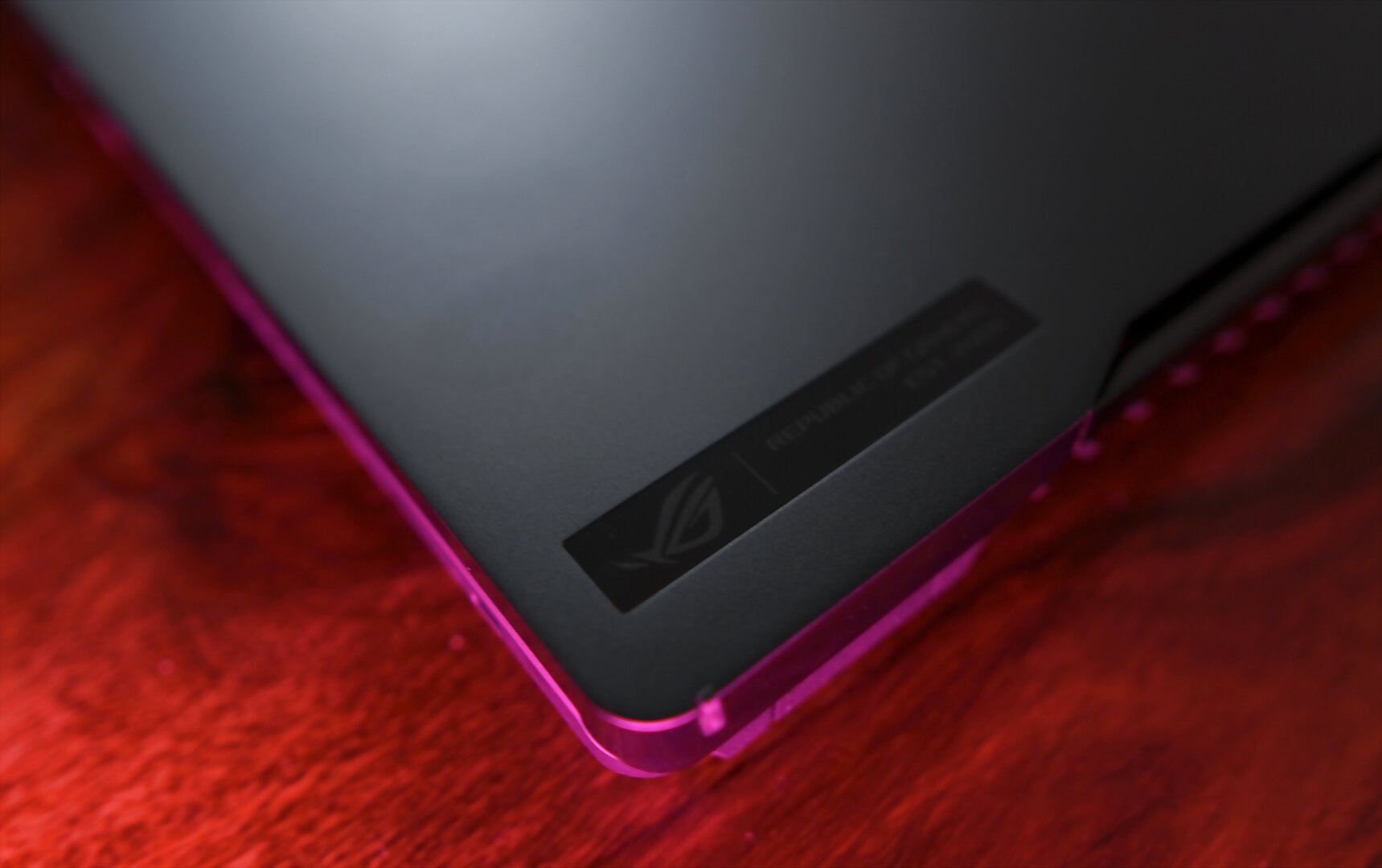
So yes, as per my testing, the battery life isn’t great, but considering you’ll have to stay plugged in to get decent performance out of the machine anyway, the battery life angle crumbles—and you will have to carry the chunky power brick everywhere you go.
Speakers: Underwhelming at Best
Speakers are usually the most underrated part of any gaming laptop — apart from the display, of course—and having good speakers—with good stereo separation and fullness—is paramount. And here, the Zephyrus M16 underwhelms. The speakers sound muffled at full volume, lack low end, and considering the size of the laptop’s chassis, are tinny.
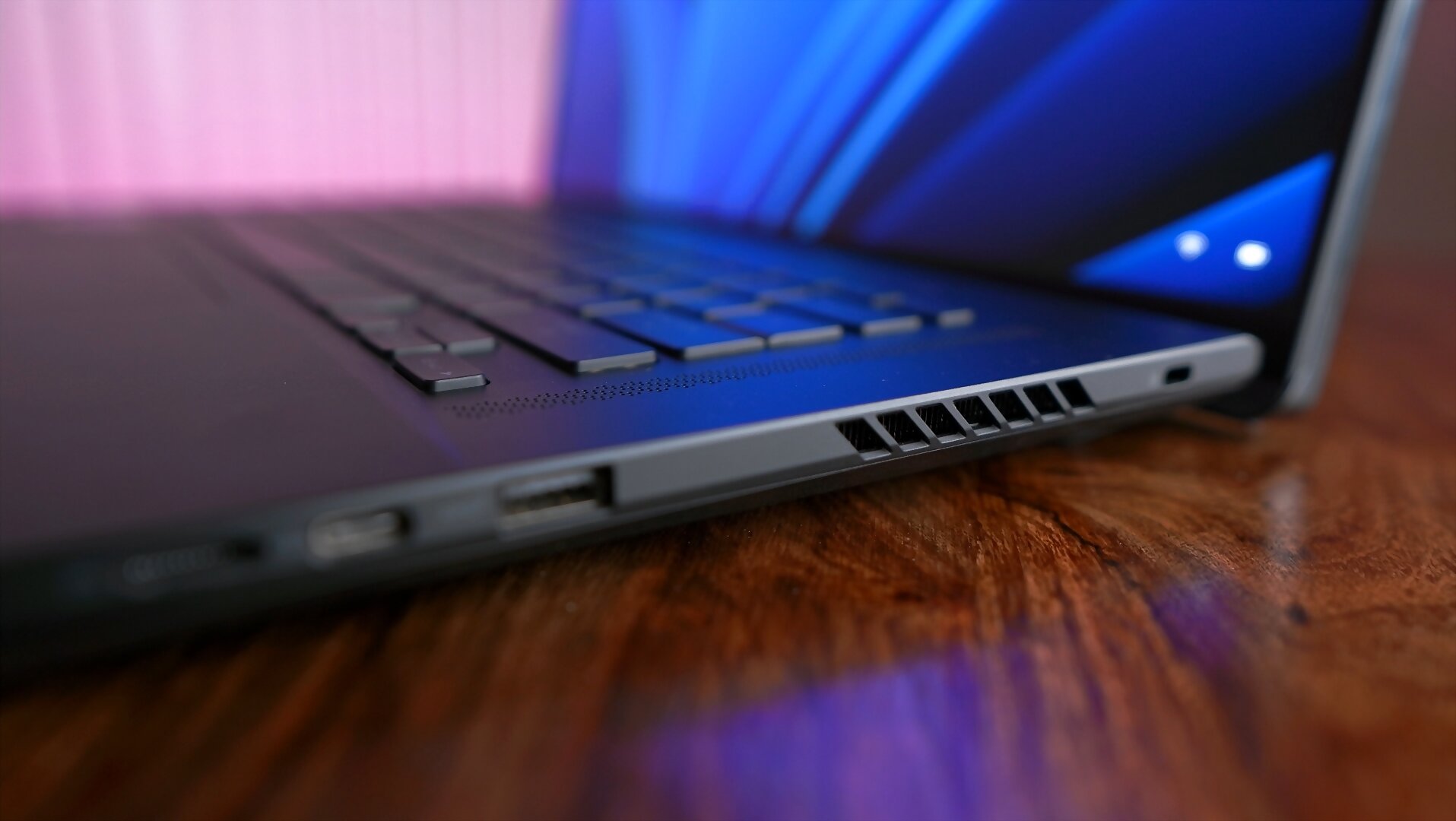
I would say the speakers are the most underwhelming part of the Zephyrus M16. In games like Returnal, it was hard to notice the stereo separation as well. But, as a consolation, I’d say, the headphone jack on the Zephyrus M16 sounds good and could power my high-end gaming headphones.
Verdict: A Solid High-End Gaming Laptop That Comes at a Price
For Rs 3,64,990, the Zephyrus M16 is one of the most expensive Windows laptops out right now—thanks to its bleeding-edge hardware, a superb mini LED panel, and not to forget the customizable AniMe Matrix outer display. Performance-wise, the laptop leaves very little to be desired; it’s that good, and so is the build quality.
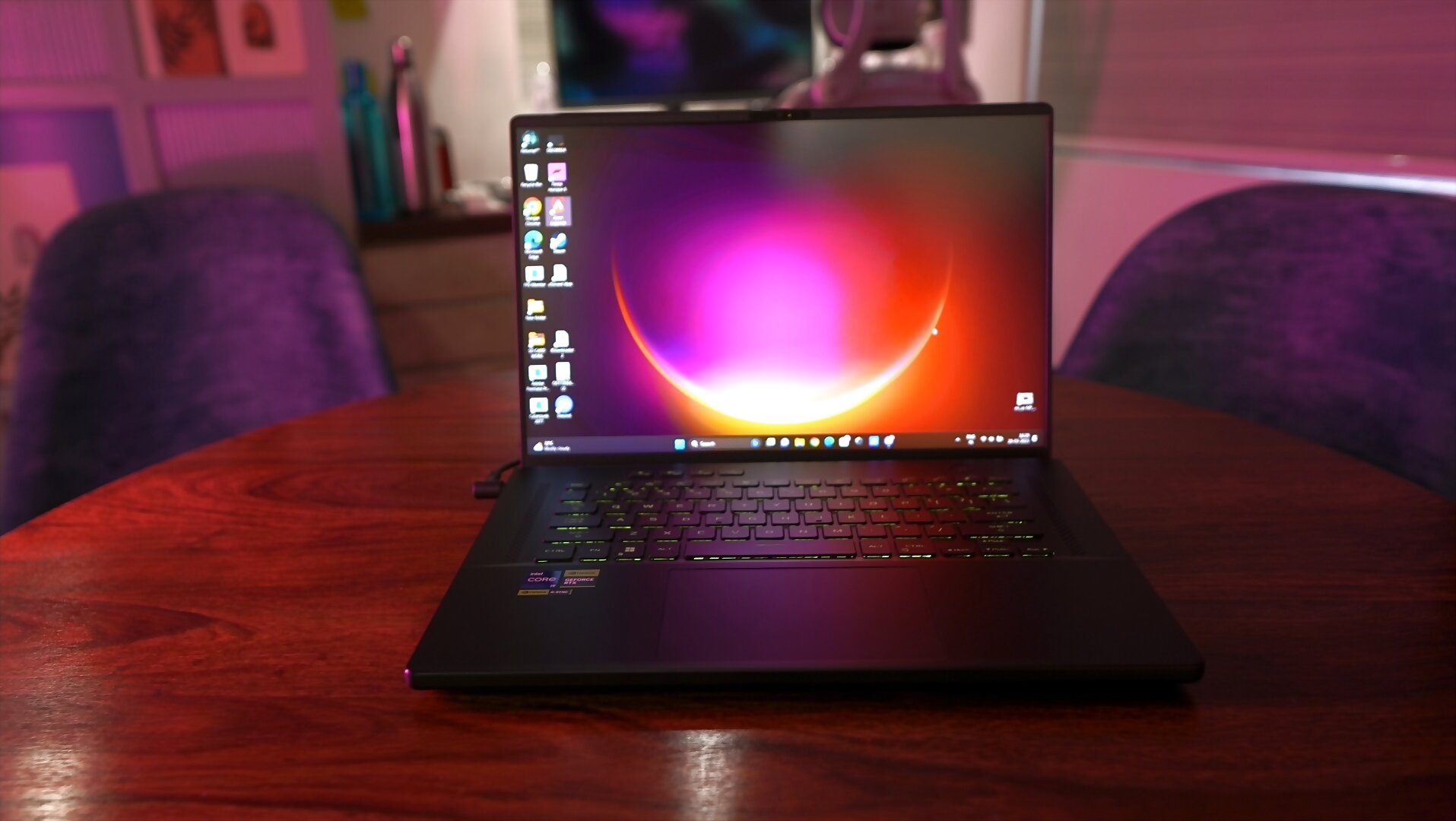
Yes, it does get warm and loud, and the speakers aren’t the best compared to the immediate competition, but as a whole package, the Zephyrus M16 is a beautifully made gaming laptop that does deserve a space in your gaming portfolio. You got to pay to play, as simple as that.
Read all the Latest Tech News here



















Comments
0 comment